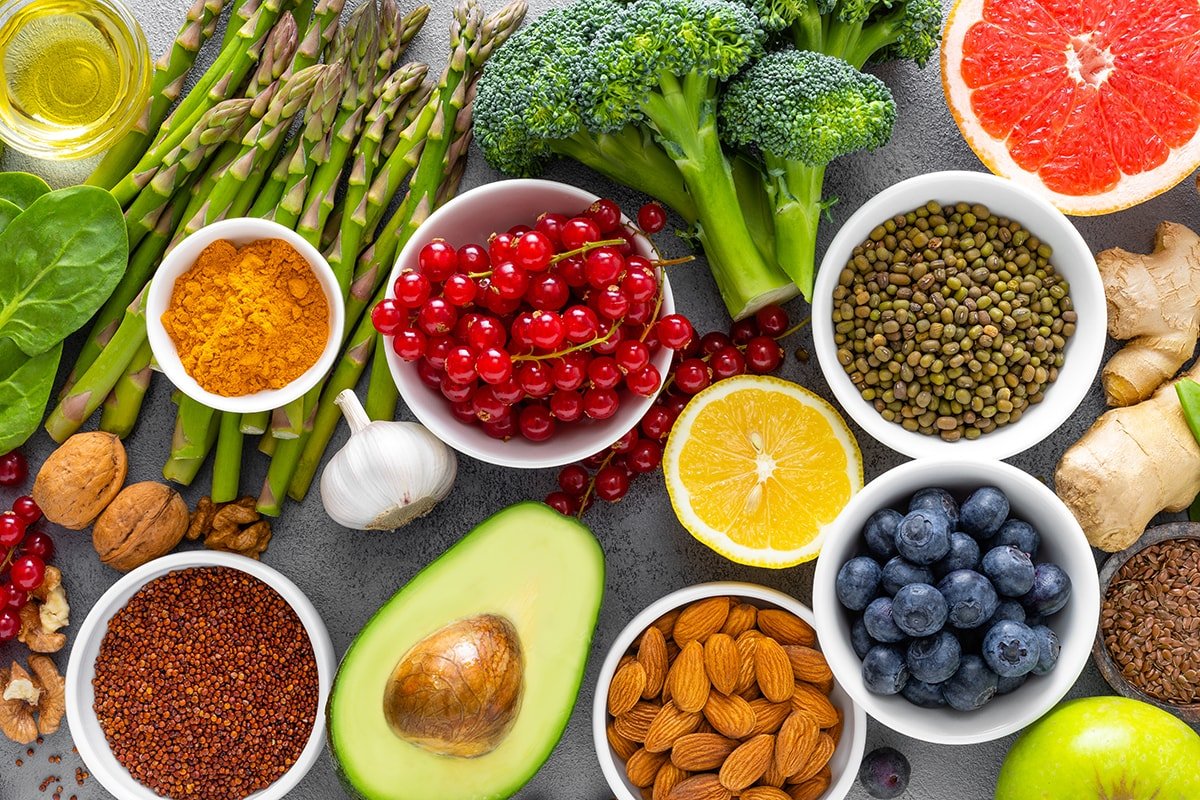The Intricate Dance: The Connection Between Nutrition and Joint Pain
Joint pain, a pervasive issue affecting countless individuals, often casts a long shadow over daily life, hindering movement and diminishing overall well-being. While various factors contribute to its onset and progression, the profound connection between nutrition and joint health cannot be overstated. The foods we consume act as building blocks and regulators within our bodies, influencing inflammation levels, cartilage integrity, and the overall function of our musculoskeletal system. Understanding this intricate dance between our diet and our joints empowers us to make informed choices that can significantly impact pain management and long-term joint health.
The Double-Edged Sword: How Food Impacts Inflammation
Inflammation is a key player in many types of joint pain, including arthritis. Certain foods possess the remarkable ability to either promote or combat this inflammatory response within our bodies.
- The Pro-Inflammatory Culprits: A diet laden with processed foods, refined sugars, unhealthy fats (saturated and trans fats), and excessive amounts of omega-6 fatty acids (found in some vegetable oils) can fuel inflammation. These dietary components can trigger the release of inflammatory messengers called cytokines, exacerbating joint swelling and pain.
- The Anti-Inflammatory Allies: Conversely, a diet rich in whole, unprocessed foods, particularly those abundant in omega-3 fatty acids, antioxidants, and specific phytonutrients, can help dampen inflammation. These beneficial compounds work to neutralize free radicals, balance inflammatory pathways, and support overall cellular health, contributing to reduced joint pain and stiffness.
Building Blocks and Maintenance: Nutrients for Joint Health
Beyond inflammation, specific nutrients play crucial roles in maintaining the structural integrity and function of our joints.
- Omega-3 Fatty Acids: As mentioned earlier, these fats not only combat inflammation but may also support cartilage health and reduce the risk of cartilage breakdown.
- Antioxidants: Found in colorful fruits and vegetables, antioxidants protect joint tissues from damage caused by oxidative stress, a process linked to the development and progression of arthritis. Vitamins C and E, along with various phytonutrients, act as potent antioxidants.
- Vitamin D: This crucial vitamin plays a role in calcium absorption, which is essential for strong bones that support our joints. Some research also suggests a link between vitamin D deficiency and increased joint pain.
- Collagen: A primary component of cartilage, collagen provides structure and support to our joints. While dietary collagen intake is debated, consuming foods that support collagen production, such as vitamin C-rich foods, may be beneficial.
- Glucosamine and Chondroitin: These compounds are naturally found in cartilage and are often taken as supplements for joint pain. While scientific evidence on their efficacy is mixed, some individuals find them helpful.
- Minerals: Calcium, magnesium, and zinc are essential for bone health and overall joint function.
The Weight Factor: Reducing Stress on Weight-Bearing Joints
Nutrition plays a significant indirect role in joint pain management through its impact on body weight. Excess weight places considerable stress on weight-bearing joints like the knees, hips, and ankles, accelerating wear and tear and increasing pain. A balanced diet focused on whole, unprocessed foods can aid in achieving and maintaining a healthy weight, thereby reducing the mechanical load on our joints.
The Gut-Joint Connection: The Role of the Microbiome
Emerging research highlights the intricate connection between our gut microbiome and inflammation throughout the body, including the joints. A diet rich in fiber from fruits, vegetables, and whole grains promotes a healthy and diverse gut microbiome, which can help regulate inflammation and potentially impact joint health.
Practical Steps: Embracing a Joint-Friendly Diet
Adopting a dietary pattern that supports joint health doesn’t require drastic changes. Small, consistent adjustments can yield significant benefits.
- Load up on Fatty Fish: Aim for salmon, mackerel, or sardines a couple of times a week.
- Embrace the Rainbow: Fill your plate with a variety of colorful fruits and vegetables.
- Choose Healthy Fats: Opt for extra virgin olive oil, avocados, nuts, and seeds.
- Spice it Up: Incorporate turmeric and ginger into your cooking.
- Prioritize Whole Grains: Select oats, brown rice, and quinoa over refined grains.
- Limit Processed Foods, Sugary Drinks, and Unhealthy Fats: These can exacerbate inflammation and contribute to weight gain.
- Stay Hydrated: Water is essential for lubricating joints and maintaining overall health.
The Importance of Personalized Nutrition:
It’s crucial to remember that individual responses to food can vary. Keeping a food diary to track symptoms after consuming certain foods can help identify potential triggers. Consulting with a healthcare professional or a registered dietitian can provide personalized dietary recommendations tailored to your specific needs and health conditions.
In Conclusion:
The connection between nutrition and joint pain is undeniable. By consciously choosing foods that combat inflammation, support joint health, and contribute to a healthy weight, we can actively participate in managing our pain and promoting long-term joint well-being. Embracing a nutrient-rich, whole-food diet is not a magic cure, but it is a powerful tool in our arsenal for achieving greater comfort, mobility, and an enhanced quality of life.
